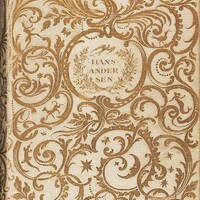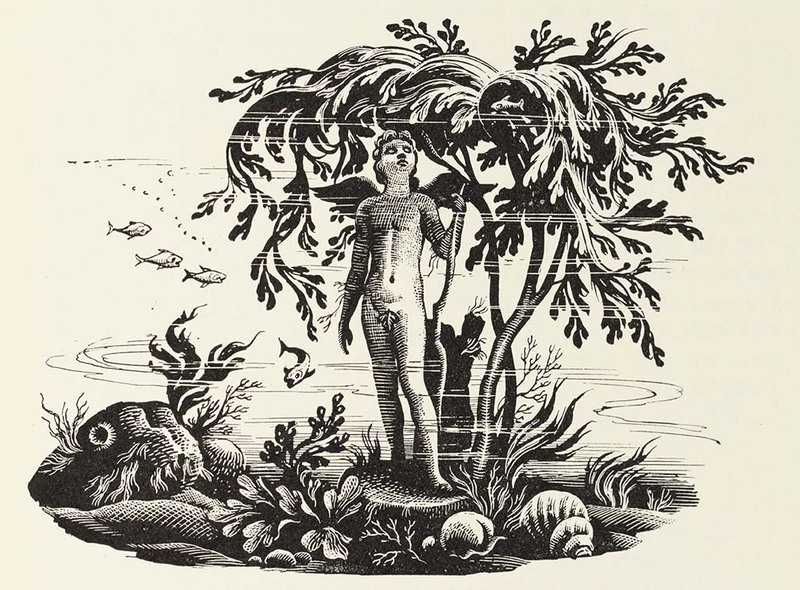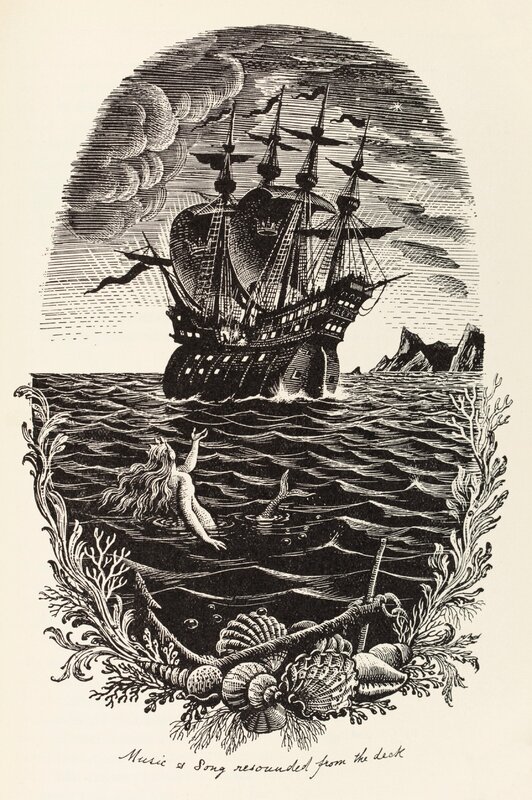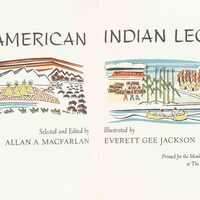Exhibit Contents
- Once Upon a Time
- Andersen's Fairy Tales and Legends
Danish Folklore and Hans Christian Andersen
Danish folklore has been passed down by oral tradition since at least the Late Middle Ages. Like other Scandinavian folklore, Danish folktales have roots in Norse Mythology which dates back centuries earlier. In the 19th century, interest in folktales grew with an emerging national consciousness in many European countries, including Denmark. During this time (known as the Dutch Golden Age), scholar Just Mathias Theile traveled across the country collecting tales and recording them for posterity.
Theile's work later influenced Hans Christian Andersen who published his first collection of fairy tales in 1835. Rather than gathering tales from oral tradition, however, Andersen authored these himself, often finding inspiration in authentic stories recorded by folklorists. Throughout his life, Andersen wrote some of the most famous fairy tales now beloved around the world, including “The Ugly Duckling,” “The Emperor’s New Clothes,” "The Snow Queen," “Thumbelina,” and “The Little Mermaid,” shown here. This 1935 collection of his stories is beautifully illustrated by Rex Whistler and signed by the artist.
"The Little Mermaid"
Due to the geographic location and seafaring history of Denmark, nautical themes are common in Danish folklore. Inspired by tales of mythological aquatic creatures like sirens, sprites, water nymphs, and merpeople (especially Friedrich de la Motte Fouqué’s fairy tale novella Undine), Andersen published his fairy tale “The Little Mermaid” in 1837. Though intended for children, the tale is much darker than is represented in modern adaptations.
In the story, the unnamed mermaid quests not just for love, but an eternal soul. Though they can live for 300 years, mermaids turn to sea foam and cease to exist when they die, while humans have souls that live on in heaven. The mermaid becomes human to marry the prince and gain a soul, knowing she will die if she fails. When the prince marries another, the mermaid is offered a dagger with which she can kill the prince and change her fate. The mermaid refuses and dissolves into foam, but she does not cease to exist. Rather, she becomes a "daughter of the air." Because of her selflessness, the mermaid ascends into the sky and is given the chance to earn her soul by doing good deeds for 300 years, after which she will rise into Heaven. As Andersen preferred to give the mermaid a divine path rather than allow her immortal soul to be dependent on the love of another person, "The Little Mermaid” is an example of a literary fairy tale that combines mythological influences with Christian beliefs.




